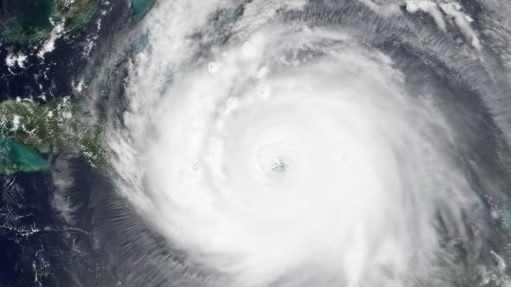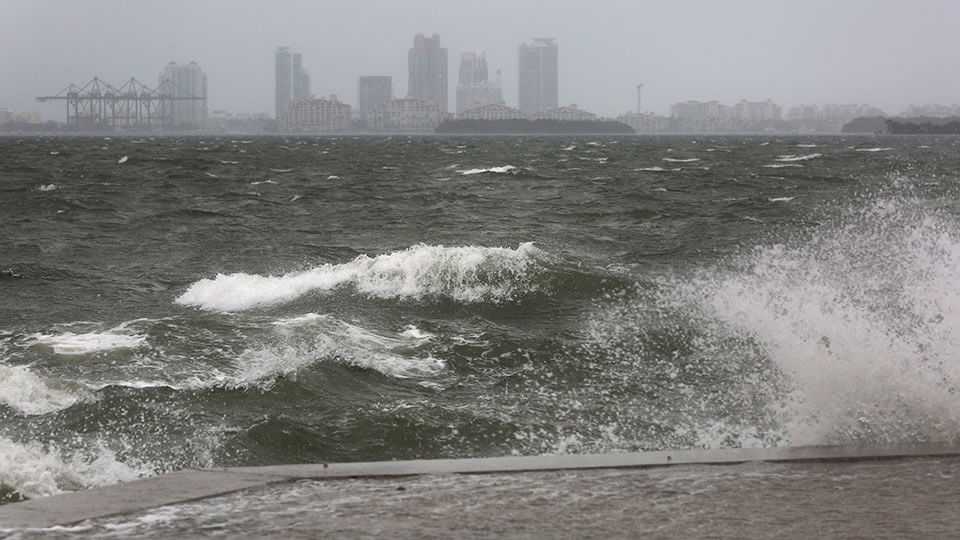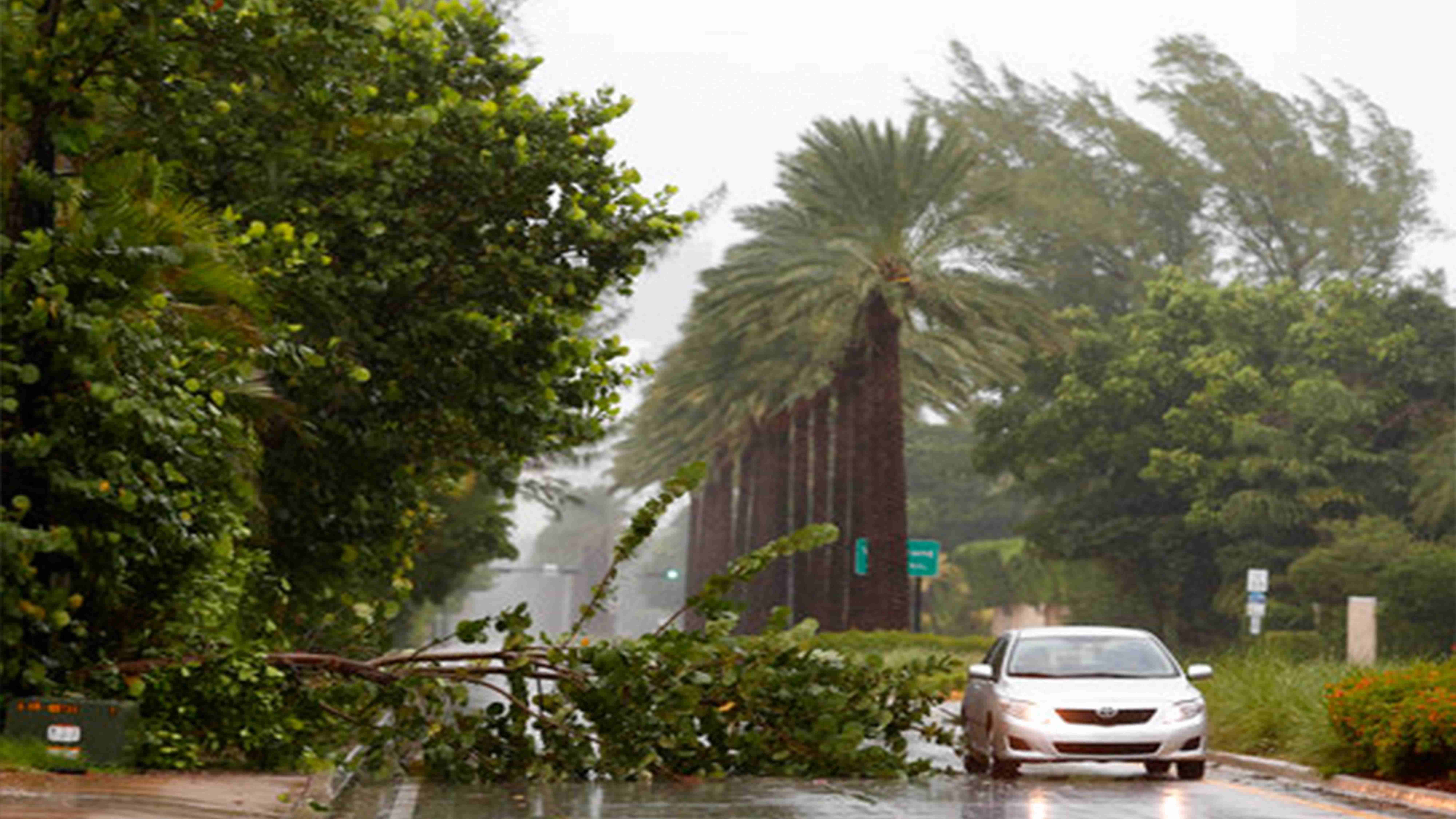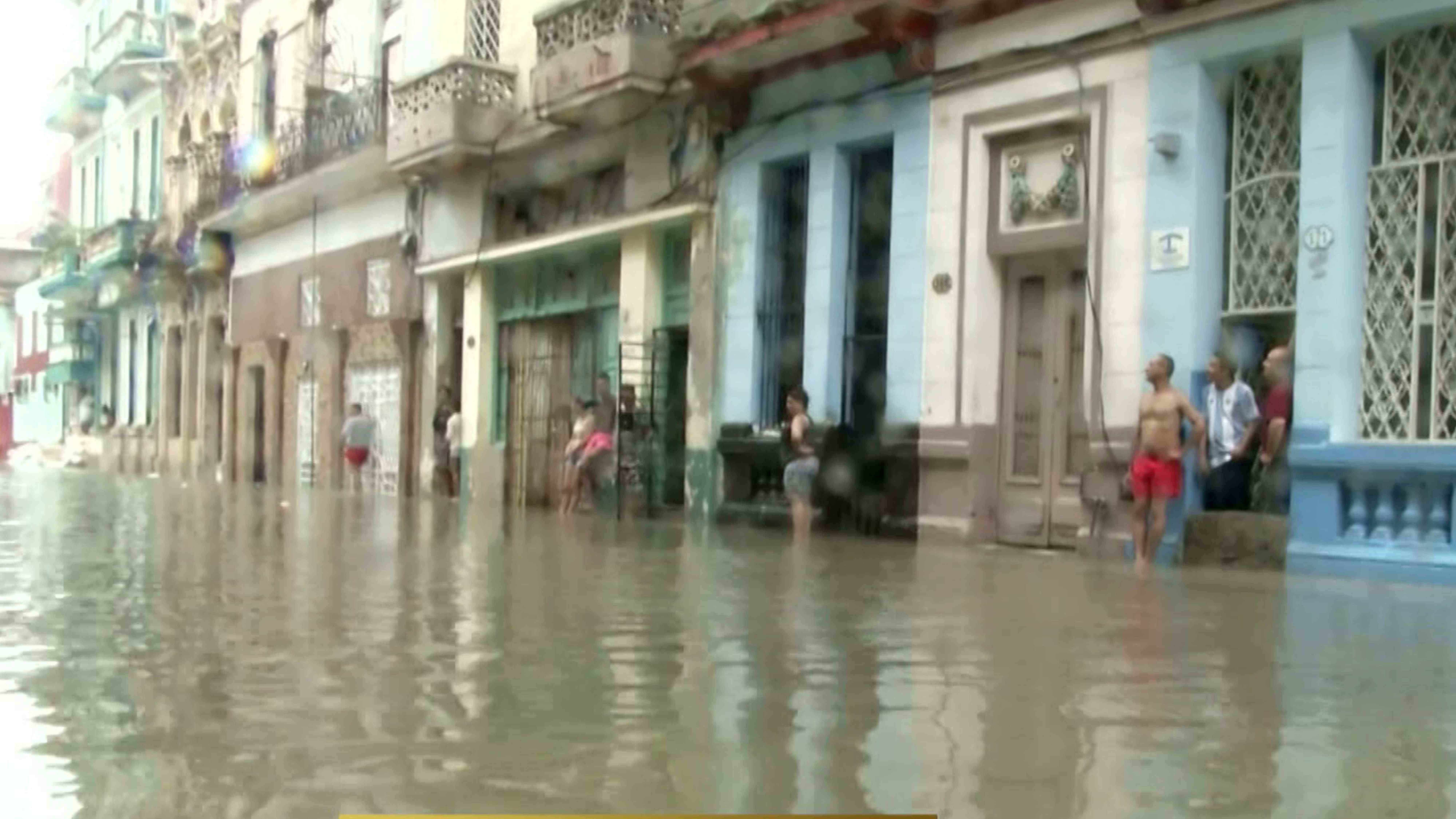
Weather
11:49, 11-Sep-2017
After pounding Cuba, Hurricane Irma moves towards Tampa
By CGTN America

After slamming Miami, Hurricane Irma is moving towards Tampa as it continues to cause devastation in the state of Florida.
Tampa reportedly hasn’t witnessed a storm this powerful in almost 100 years and residents are taking in some expected sights before the system rolls in.
As the outer bands of the hurricane began making their way up Florida’s west coast, curiosity got the better of many residents.
In defiance of police warnings, many residents wandered out onto mudflats. As Irma blew water from the bay out into the gulf, it left the seabed exposed.

Police are concerned about people venturing out into exposed areas, saying it is incredibly irresponsible, especially as the hurricane’s eye moves closer to the city.
When the full force of the storm arrives, it will push the water back into the bay, over the sea wall and into the homes on Bayshore Bouldevard.
However, police say the good news is the overwhelming majority of people are taking Irma seriously. Many have already evacuated and are already wondering what kind of city they will return to.
The seventh strongest storm
Hurricane Irma tied for the seventh strongest storm to make landfall in US history by a key measurement of atmospheric pressure.

The storm made landfall at Cudjoe Key at 9:10 a.m. with a minimum central pressure of 929 millibars. Atmospheric pressure is one of the major measurements meteorologists use to describe storms. The lower the pressure, the stronger the storm.
Only six storms on record had lower pressures when striking the US, including Katrina. When Katrina hit in 2005, it had lower pressure but its wind speed kept it at Category 3. The 929 pressure mark ties Irma with the deadly 1928 Lake Okeechobee hurricane.
Irma’s arrival also marks another first.
Cuba trying to recover
As Hurricane Irma strikes the US mainland, the island nation of Cuba is beginning to recover, after the storm caused heavy rain and flooding in the capital, Havana.
By Sunday morning, Havana was being pounded by waves seven to nine meters high, leaving many neighborhoods underwater and causing widespread power outages.

While the full force of Irma may have left Cuba behind and its residents are starting to assess and repair their damages, it could be some time before floodwater fully recedes.
Irma was the most powerful storm to hit Cuba since the 1930’s. Three of the central northern provinces - Vida Clara, Ciego de Avila and Camaguey - all suffered widespread structural damage to homes and businesses, with winds uprooting trees and knocking out power lines.
Crops were also damaged with Irma dropping between 100 and 200 millimeters of rain in places, but the full extent of the damage has yet to be determined.

SITEMAP
Copyright © 2018 CGTN. Beijing ICP prepared NO.16065310-3
Copyright © 2018 CGTN. Beijing ICP prepared NO.16065310-3